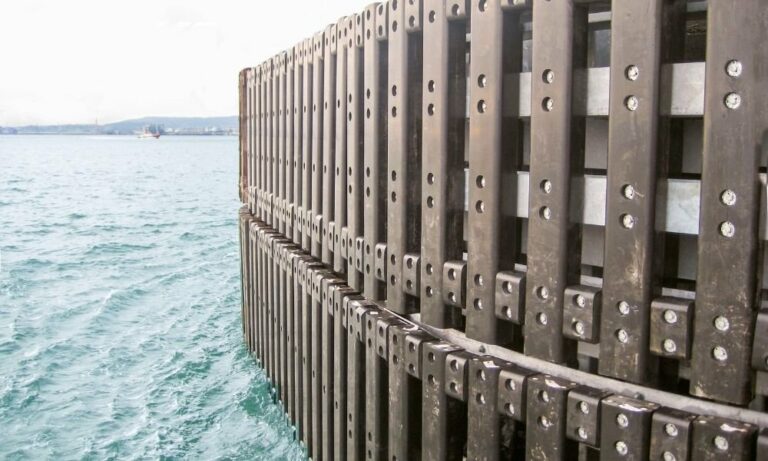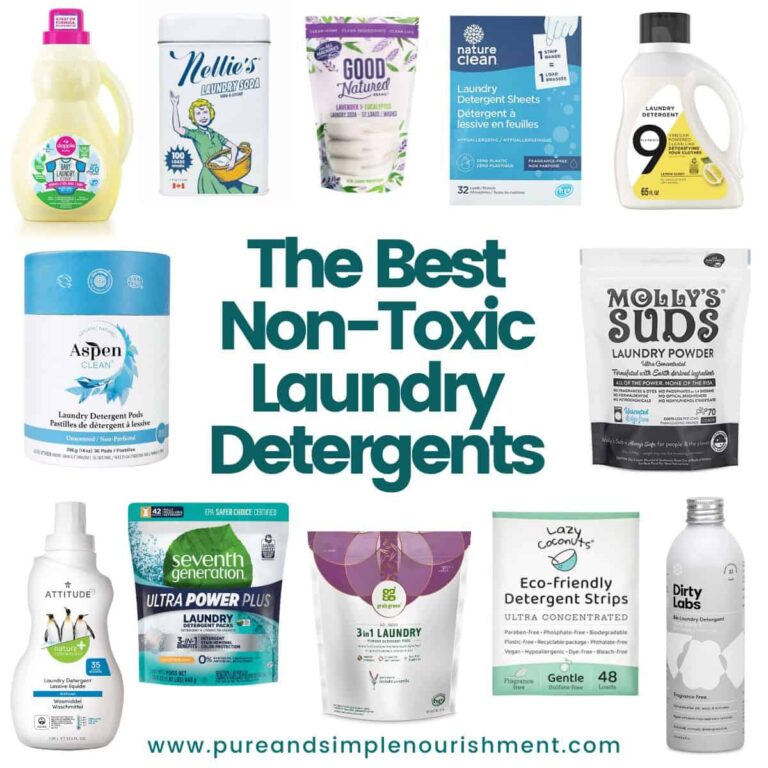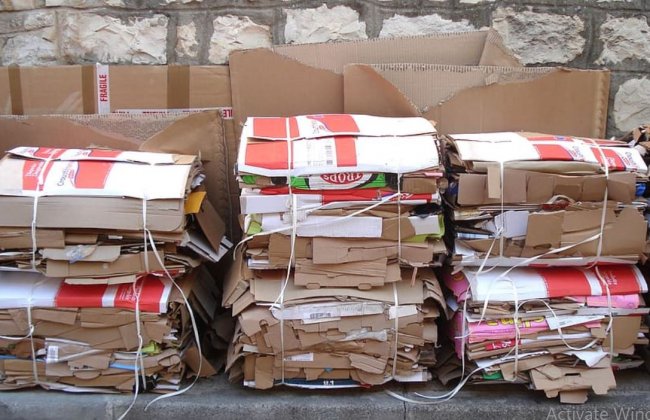Eco-Friendly Building Materials for Houses
Looking for Eco-Friendly Building Materials for Houses. We’ve got you covered! When it comes to constructing your dream home, opting for sustainable and environmentally friendly materials is not only beneficial for the planet but also for your own well-being.
From recycled materials to renewable resources, there are a plethora of options available that will not only help reduce your carbon footprint but also create a healthier living environment for you and your family. So, let’s dive in and explore the world of eco-friendly building materials for houses, and discover how you can make a positive impact while building your dream home!
Eco-Friendly Building Materials for Houses
Building a house that is environmentally friendly is not only beneficial for the planet but also for the homeowners. Choosing eco-friendly building materials can help reduce the carbon footprint, decrease energy consumption, and create a healthier living environment. In this article, we will explore various eco-friendly building materials that can be used in the construction of houses. From sustainable wood alternatives to energy-efficient insulation options, let’s discover how these materials can transform the way we build our homes.
1. Sustainable Wood Alternatives
Traditional wood is a widely used material in construction, but its production often leads to deforestation and habitat destruction. Fortunately, there are sustainable alternatives available that can help mitigate these issues:
Bamboo:
Bamboo is a renewable resource that grows at a rapid rate. It is durable, lightweight, and can be used for various purposes, including flooring, cabinets, and even structural elements. Bamboo also absorbs more carbon dioxide and produces more oxygen compared to traditional trees.
Reclaimed Wood:
Using reclaimed wood not only gives a unique character to your home but also helps reduce waste. By repurposing wood from old structures or salvaging it from sustainable sources, you can contribute to the conservation of forests.
Engineered Wood:
Engineered wood products, such as cross-laminated timber (CLT), are made by bonding multiple layers of wood together. This process enhances the strength and stability of the material, making it suitable for structural applications while utilizing less wood.
2. Energy-Efficient Insulation
A well-insulated home can significantly reduce energy consumption by maintaining a comfortable indoor temperature. Here are some eco-friendly insulation options to consider:
Cellulose Insulation:
Made from recycled paper, cellulose insulation is an eco-friendly choice. It is highly efficient in preventing heat transfer, reducing energy usage for heating and cooling. Cellulose insulation is often blown into walls, attics, and floors during construction.
Wool Insulation:
Wool is a natural and renewable material that provides excellent insulation properties. It is resistant to fire, mold, and pests while effectively regulating temperature and moisture. Wool insulation is typically available in batts or loose-fill form.
Cork Insulation:
Cork is a sustainable material harvested from the bark of cork oak trees. It has good insulation properties, is lightweight, and acts as a natural sound absorber. Cork insulation is commonly used in walls and floors, offering thermal efficiency and reducing noise transmission.
3. Recycled Materials
Choosing building materials made from recycled content helps reduce waste and minimizes the need for raw materials extraction. Here are a few examples:
Recycled Metal:
Metal roofing and siding made from recycled content offer durability, energy efficiency, and resistance to fire and pests. Recycling metal also reduces the energy-intensive process of mining and refining raw materials.
Recycled Plastic:
Plastic lumber, made from recycled plastic materials, can be used for various applications like decking, fencing, and outdoor furniture. Using recycled plastic helps divert plastic waste from landfills and reduces the reliance on virgin plastic production.
Recycled Glass:
Recycled glass can be transformed into eco-friendly building materials such as countertops, tiles, and insulation. Adding recycled glass to concrete mixes also increases its strength and durability while reducing the carbon footprint of the construction.
4. Low VOC Paints
Volatile Organic Compounds (VOCs) are chemicals present in many conventional paints that can contribute to indoor air pollution. Low VOC or zero VOC paints are a healthier alternative as they release fewer harmful emissions. These paints are available in a wide range of colors and finishes, making it easier to create an aesthetically pleasing and environmentally friendly living space.
5. Green Roofing
Green roofs provide numerous benefits, including improved insulation, reduced stormwater runoff, and added green space. Here are two types of green roofing systems to consider:
Extensive Green Roofs:
Designed to be lightweight, extensive green roofs have a shallow substrate layer and support low-lying vegetation such as sedum. They require minimal maintenance and provide insulation and cooling benefits.
Intensive Green Roofs:
Intensive green roofs have deeper soil layers, allowing for the growth of a diverse range of plants, including trees and shrubs. While intensive green roofs require more maintenance, they provide increased biodiversity and recreational space.
6. Solar Panels
Harnessing solar energy through the installation of solar panels is an effective way to reduce reliance on traditional energy sources. Solar panels convert sunlight into electricity, helping to power various household appliances and reduce the overall energy consumption of the home. Investing in solar panels can also lead to long-term cost savings and lower carbon emissions.
7. High-Efficiency Windows
Windows play a crucial role in regulating heat transfer and natural lighting. Opting for high-efficiency windows, such as those with Energy Star ratings, can significantly increase energy efficiency in homes. These windows are designed to minimize heat loss during winter and prevent heat gain during summer, reducing the reliance on heating and cooling systems.
8. Natural Flooring Options
Choosing eco-friendly flooring materials helps promote a healthy indoor environment while minimizing environmental impact. Consider the following options:
Bamboo Flooring:
Similar to bamboo used for structural purposes, bamboo flooring is a sustainable alternative to hardwood. It is durable, easy to maintain, and available in various styles and finishes.
Cork Flooring:
Cork flooring is made from the bark of cork oak trees without harming the tree itself. It is a renewable material that offers excellent insulation, sound absorption, and softness underfoot.
Linoleum Flooring:
Made from natural materials such as linseed oil, cork powder, and wood flour, linoleum flooring is highly durable and biodegradable. It comes in a wide range of colors and patterns, offering design versatility.
9. Water-Efficient Fixtures
Conserving water is essential for sustainable living. Installing water-efficient fixtures can help reduce water consumption in households. Consider the following options:
Low-Flow Toilets:
Low-flow toilets use less water per flush, contributing to water conservation. They are designed to be highly efficient while still providing adequate flushing power.
Water-Saving Faucets:
Water-saving faucets feature aerators that mix air with water, reducing the flow rate without compromising performance. These faucets can save a significant amount of water without sacrificing convenience.
Rainwater Harvesting Systems:
Harvesting rainwater for non-potable purposes, such as irrigation and toilet flushing, helps reduce the strain on municipal water supplies. Rainwater harvesting systems collect and store rainwater from rooftops, promoting sustainable water usage.
10. Efficient HVAC Systems
Heating, ventilation, and air conditioning (HVAC) systems can consume a substantial amount of energy. However, choosing energy-efficient models can significantly reduce energy usage. Look for systems with high Seasonal Energy Efficiency Ratios (SEER) and Annual Fuel Utilization Efficiency (AFUE) ratings. Properly insulating and sealing the HVAC ductwork also improves system performance and energy efficiency.
Frequently Asked Questions
What are eco-friendly building materials for houses?
Eco-friendly building materials for houses are materials that are manufactured using sustainable practices and have minimal impact on the environment. These materials are typically sourced from renewable resources, such as bamboo, cork, or reclaimed wood, and are free from harmful chemicals and toxins.
What are the benefits of using eco-friendly building materials for houses?
Using eco-friendly building materials for houses offers several benefits. Firstly, these materials contribute to reducing the carbon footprint and overall environmental impact of construction. They also promote better indoor air quality by minimizing the release of harmful volatile organic compounds. Additionally, eco-friendly materials often have higher durability and energy efficiency, resulting in lower maintenance and utility costs in the long run.
Which are some common eco-friendly building materials for houses?
There are several common eco-friendly building materials suitable for houses. These include recycled steel, which is highly durable and can be used for structural purposes; natural insulation materials like sheep’s wool or cellulose; bamboo flooring, known for its sustainability and durability; and low VOC paint, which reduces indoor air pollution. Other examples include recycled glass countertops, salvaged wood, and clay or lime-based plasters.
How can I determine if a building material is eco-friendly?
Before selecting a building material, there are a few key factors to consider. Look for materials that have certifications or labels, such as LEED or Energy Star, indicating their eco-friendly properties. Check if the material is sourced sustainably, manufactured without harmful chemicals, and has a low carbon footprint. Additionally, consider the material’s durability and potential for recycling or repurposing at the end of its lifecycle.
Are eco-friendly building materials more expensive than traditional ones?
Eco-friendly building materials can sometimes have a higher upfront cost compared to traditional materials. However, it is essential to consider the long-term benefits and savings they offer. Many eco-friendly materials are more durable, require less maintenance, and contribute to energy efficiency, resulting in lower utility bills. Additionally, the increasing demand for these materials is driving innovation and cost reduction, making them more accessible and affordable.
How can I incorporate eco-friendly building materials into my house?
To incorporate eco-friendly building materials into your house, start by selecting sustainable options for key elements such as flooring, insulation, and paint. Look for local suppliers who offer eco-friendly materials and consult with architects or contractors experienced in sustainable construction. Additionally, consider using salvaged or reclaimed materials for a unique and eco-friendly touch. Regularly research and stay updated on new advancements and options in the eco-friendly building materials market.
Final Thoughts
In conclusion, eco-friendly building materials for houses offer a sustainable and environmentally conscious alternative to traditional construction methods. By incorporating materials such as bamboo, recycled steel, and solar panels, homeowners can reduce their carbon footprint and promote a healthier living environment. Additionally, these materials often provide better insulation, lower energy consumption, and improved indoor air quality. Choosing eco-friendly building materials not only benefits the planet but also contributes to long-term cost savings and increased property value. Embracing eco-friendly practices is crucial for a greener future and the overall well-being of our communities.



